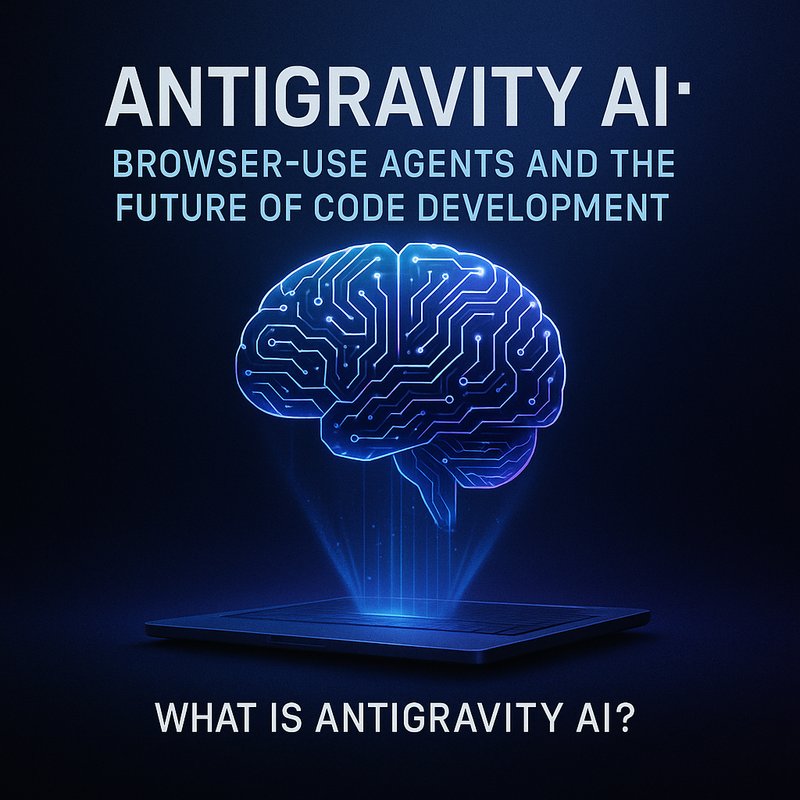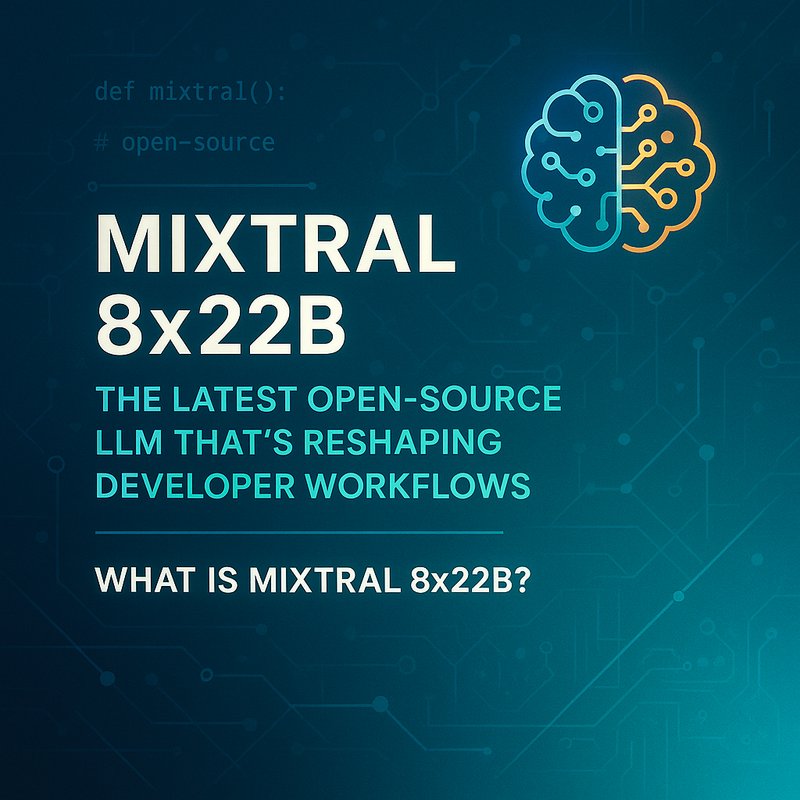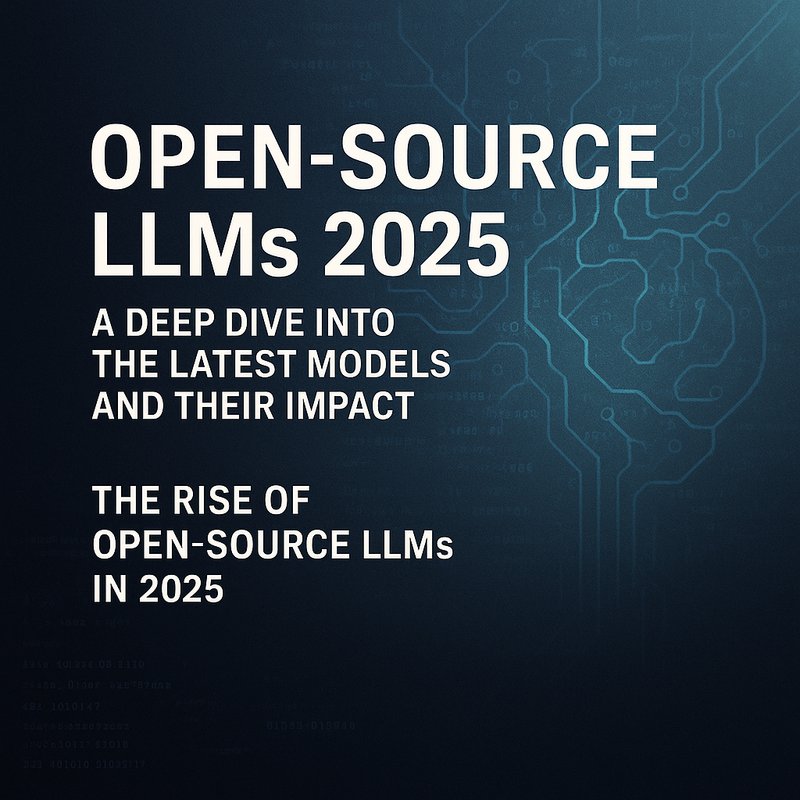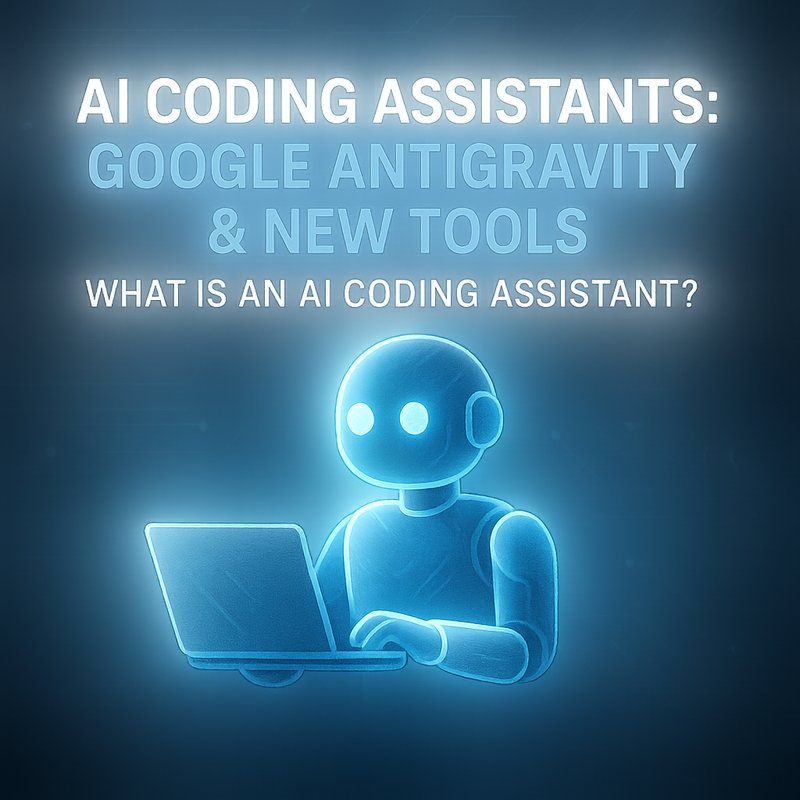The Video Generation Game-Changer: Google’s Veo3 Takes Center Stage
Imagine being able to create video clips that are almost indistinguishable from real ones, complete with authentic sound. Sounds like sci-fi, right? Well, Google’s Veo3 is making this a reality, and it’s about to shake up the AI video generation landscape.
Introduction
Google’s Veo3 is a significant development in AI video generation, producing highly realistic clips with sound. It’s considered a direct competitor to OpenAI’s Sora, and it’s bringing its A-game. But what makes it tick? Let’s dive into the details.
The Current State of AI Video Generation

AI video generation has come a long way in recent years, with advancements in machine learning and computer vision enabling the creation of increasingly realistic videos. However, creating videos that are not only visually realistic but also include authentic sound has been a challenge. That’s where Google’s Veo3 comes in.
The Magic Behind Veo3
Veo3’s capabilities are impressive, to say the least. It can generate videos that are remarkably lifelike, complete with sound. This is no small feat, as creating realistic audio and video that sync seamlessly is a complex task. Veo3’s technology is based on the Joint Embedding Predictive Architecture (JEPA) framework, which allows it to predict outcomes in embedding space using video data.
The Implications Are Huge
The potential applications for Veo3 are vast. From film and television production to advertising and marketing, the possibilities are endless. Imagine being able to create custom, high-quality video content on demand, without the need for expensive equipment or lengthy production times.
- Film and Television Production: Veo3 could revolutionize the way we create content for film and television. Imagine being able to generate realistic background scenes, special effects, or even entire characters.
- Advertising and Marketing: Veo3 could enable businesses to create custom, high-quality video content for their marketing campaigns. This could include product demos, explainer videos, or even social media ads.
- Education and Training: Veo3 could be used to create interactive and engaging educational content, such as video lessons or training simulations.

But Wait, There’s More
Here’s where it gets interesting: Veo3’s technology has the potential to democratize video production. With Veo3, creators and businesses can produce high-quality video content without breaking the bank. This could lead to a surge in creative content, as more people have access to powerful video generation tools.
The Catch?
As with any emerging technology, there are questions about the potential risks and challenges associated with Veo3. For instance, how will this technology be used, and what are the implications for authenticity and transparency in video content?
What’s Next?
As Veo3 continues to make waves in the AI video generation space, it’s clear that this technology is here to stay. But what does the future hold? Will we see Veo3 become the go-to tool for video production, or will other technologies emerge to challenge its dominance?
The video generation game has just gotten a whole lot more interesting, and we’re excited to see where Veo3 takes us.









